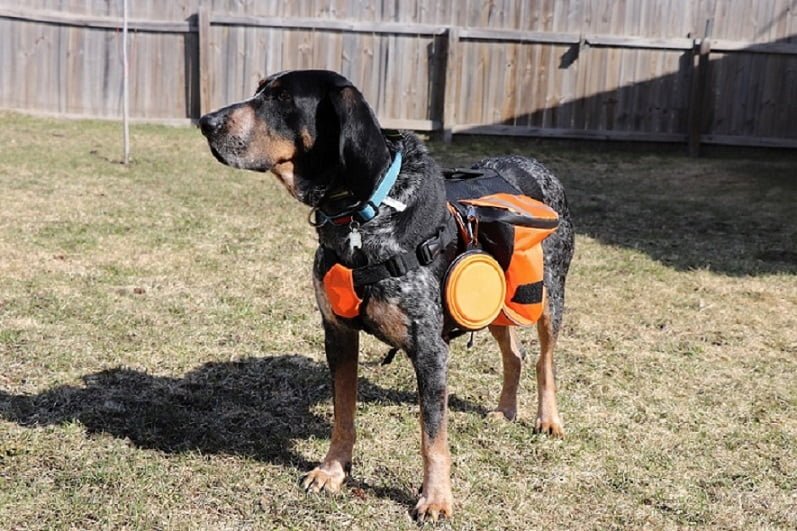Hiking with your pet not only strengthens your bond but also provides both of you with a healthy dose of exercise and fresh air. However, to ensure a safe and enjoyable experience, it’s crucial to equip your pet with the right hiking gear. This comprehensive guide will help you make informed decisions about the best gear for your pet’s hiking adventures.
Understanding Your Pet’s Needs
Before embarking on a hike, it’s essential to understand your pet’s physical capabilities and limitations. Different breeds and sizes of pets have varying endurance levels and physical abilities. For instance, a Border Collie might be more suited to long, strenuous hikes than a Pug. Always consult with your vet before taking your pet on a hike, especially if it’s their first time or if they have any health concerns.
Essential Hiking Gear
Pet Harness and Leash: A sturdy, comfortable harness is a must-have for hiking. It offers better control and is safer for your pet than a collar, especially on uneven terrain. A leash attached to the harness is essential to keep your pet close and safe. Consider a hands-free leash that wraps around your waist for added convenience.
Protective Footwear: Depending on the terrain, protective footwear can be beneficial. It protects your pet’s paws from sharp rocks, hot surfaces, and rough terrain. Look for boots that are durable, comfortable, and fit well.
Pet Backpack: For longer hikes, a pet backpack can be useful. It allows your pet to carry their own water, food, and waste bags. Ensure the backpack is lightweight, fits well, and does not exceed more than 25% of your pet’s body weight when fully packed.
Collapsible Water Bowl and Water: Hydration is crucial during hikes. A collapsible water bowl is lightweight and easy to carry. Always bring enough water for both you and your pet.
High-Protein Snacks: Hiking is energy-intensive. High-protein pet snacks can help replenish your pet’s energy levels during the hike.
First Aid Kit: A pet-specific first aid kit is essential. It should include items like bandages, tweezers, antiseptic wipes, a pet thermometer, and emergency contact numbers.
Tick and Flea Protection: If you’re hiking in an area known for ticks or fleas, ensure your pet is protected. Consult with your vet about the best preventative measures.
Reflective Gear: If you plan to hike during dawn or dusk, reflective gear can help make your pet more visible.
Training Your Pet for Hiking
Before hitting the trails, it’s important to train your pet. Start with short, easy walks and gradually increase the distance and difficulty. Teach them basic commands like “stay”, “come”, and “leave it”. This training will help ensure their safety and good behavior during the hike.
Respecting Wildlife and the Environment
Teach your pet to respect wildlife and the environment. They should not chase or disturb animals, and you should always clean up after them. Remember, you’re a visitor in the natural habitat of wildlife.
Post-Hike Care
After the hike, check your pet for ticks and injuries, especially their paws. Reward them with a good meal and plenty of rest. This care will help them recover and prepare for future adventures.
In conclusion, hiking with your pet can be a rewarding experience if done right. The key is to prepare adequately and choose the right gear tailored to your pet’s needs. Remember, the goal is not just to reach the destination, but to enjoy the journey together. Happy hiking!







